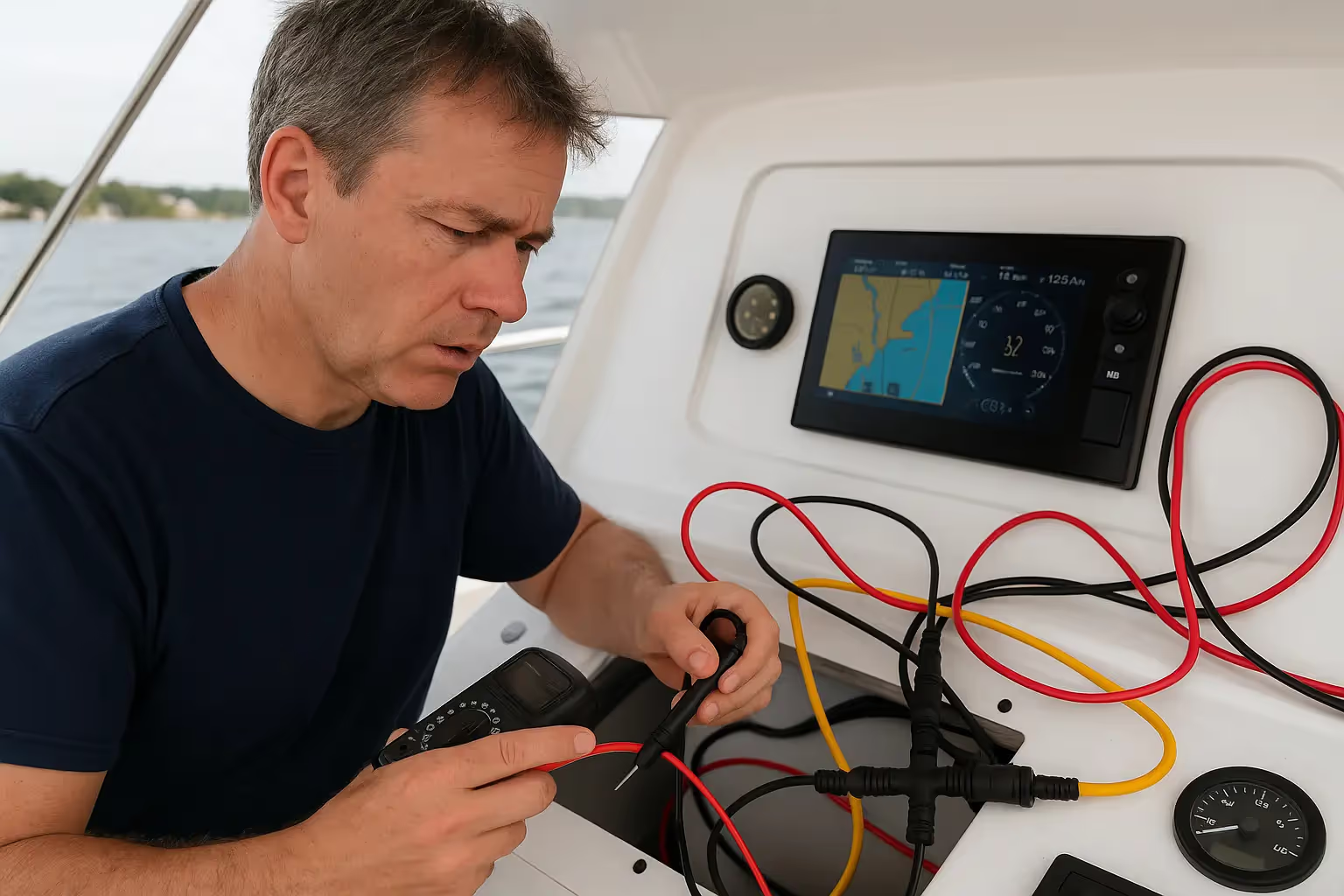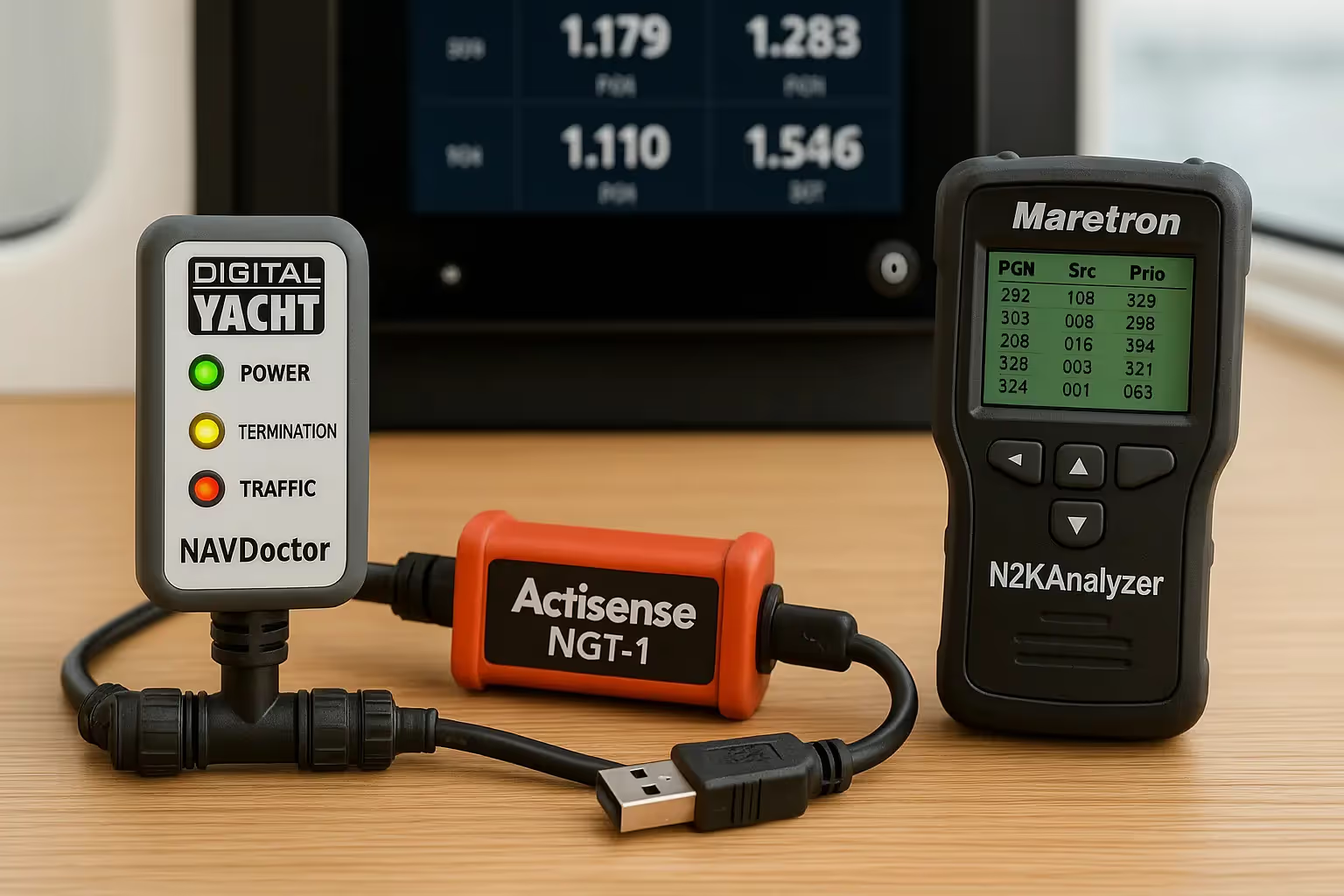Anchoring

- Choose the right spot - Before anchoring, it's important to choose a safe and suitable spot. Make sure the water is deep enough and free of obstacles, such as rocks or other boats. Check the weather and wind conditions to ensure that you will be sheltered from any strong gusts or waves.
- Prepare your anchor and rode - Make sure your anchor and rode (chain or rope) are in good condition and suitable for the size and weight of your yacht. Check that the anchor is securely attached to the rode and that the rode is long enough for the depth of the water. Make sure you have enough rode to allow for the height of the tide and that you have a snubber or chain hook to take the strain off the windlass.
- Position the boat - Once you have found a suitable spot, position the boat into the wind or current, depending on the conditions. Slowly motor towards the spot where you want to drop the anchor.
- Drop the anchor - When you are in position, stop the boat and carefully drop the anchor. Pay out the rode while backing down on the anchor to set it securely. Make sure you are not dragging and that the anchor is holding.
- Set up anchor watch - Set up an anchor watch to monitor your position and ensure that you are not dragging. Use radar, GPS or visual references to keep track of your position.
- Be prepared to reset - If you feel the anchor is not holding, be prepared to reset it. This may involve moving to a new spot or re-anchoring.
- Retrieve the anchor safely - When it's time to leave, retrieve the anchor carefully and make sure it is secured on board.
By following these steps and taking care to choose a suitable location, prepare your equipment, and monitor your position, you can anchor a yacht safely and with confidence. Always remember to check local laws and regulations before anchoring, and to be considerate of other boats and the environment.














